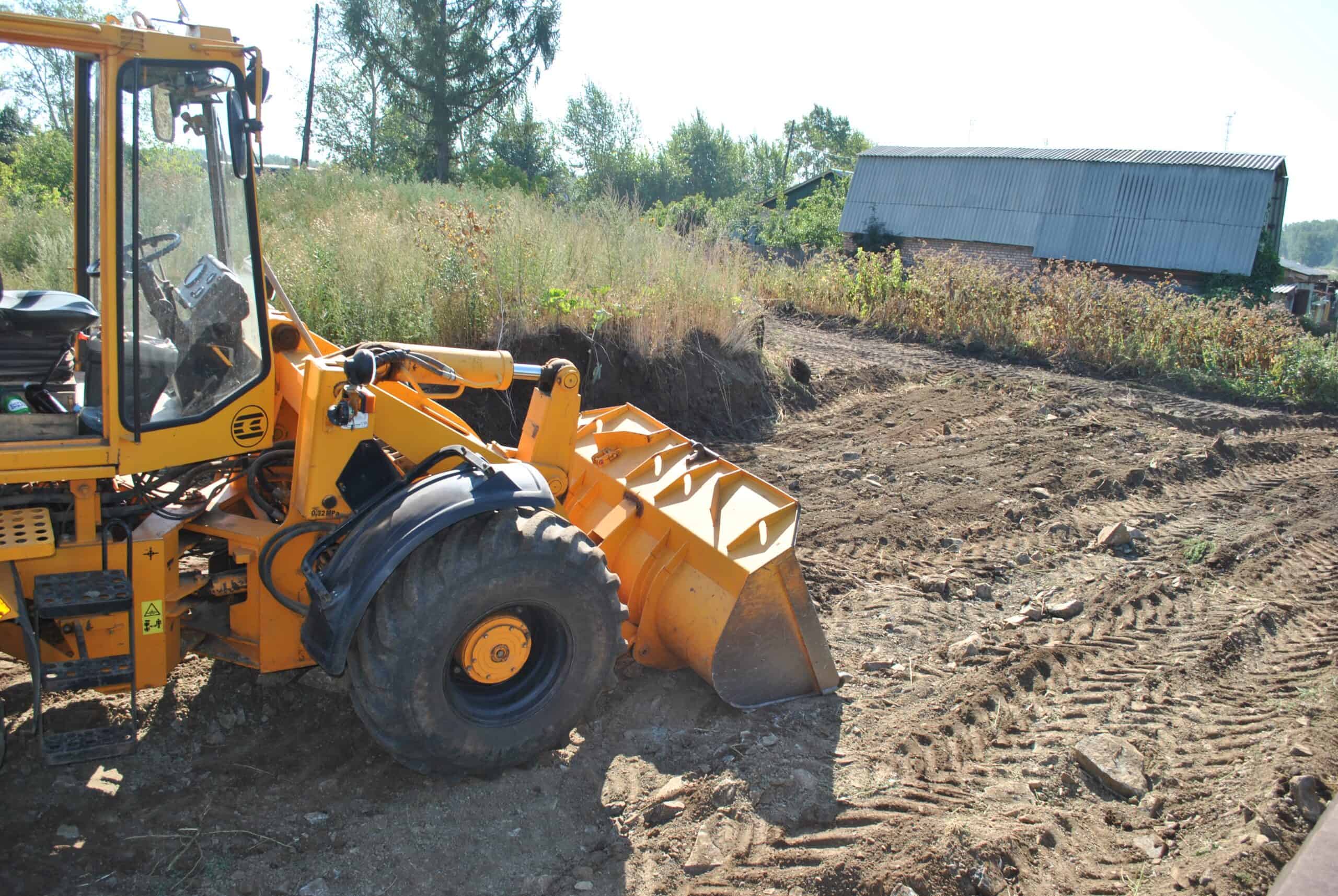Trenching and excavating are essential to success across many industries, from construction to infrastructure development. When executed properly, these types of projects can be conducted year-round, including during colder months.
While they play a significant role in driving progress, these activities can also carry inherent risks that lead to serious accidents, injuries, and even fatalities.
The Centers for Disease Control and Prevention (CDC) report that from 2003 to 2017 there were a total of 373 trenching fatalities, 80% of which occurred within the construction industry. Engineering controls, protective equipment, and safe work practices can reduce hazards to workers and prevent trench cave-ins. Read on to explore crucial strategies for implementing safety measures that promote a secure jobsite and mitigate potential liabilities.
The Proactive Approach
- Conduct Proper Soil Analysis: Before beginning any trenching or excavation work, conduct a thorough analysis of the soil to determine its stability and potential for collapse. It’s also important to test for hazardous atmospheres, such as low oxygen or toxic gases before workers enter the trench. Ensure proper ventilation and respiratory protection when needed.
- Use Protective Systems: Put in place robust protective systems such as sloping, benching, shoring, or trench boxes to prevent cave-ins. Perform daily inspections of the trench or excavation area and address any changes in soil conditions, water accumulation, or other potential hazards.
- Ensure Safe Entry and Exit: Provide safe entry and exit points to the trench or excavation site, such as ladders, ramps, or stairways, that are located within 25 feet of workers. Guard against falling soil, equipment, and materials by placing them at a safe distance from the edge of the trench. Use barricades and warning signs to keep unauthorized personnel away from the site.
- Provide Comprehensive Training: Ensure workers receive extensive training encompassing hazard recognition, equipment operation, emergency response, and adherence to safety protocols. Develop an emergency action plan that includes procedures for rescue and medical attention in case of an incident. Ensure workers know how to respond to emergencies.
- Follow Regulatory Standards: Adhere to Occupational Safety and Health Administration (OSHA) regulations for trenching and excavation to ensure legal adherence and create a safe work environment.
Looking Ahead
Trenching and excavating safety is a critical aspect of the jobsite. By prioritizing the well-being of workers and adhering to OSHA regulations and guidelines, you can create a safer working environment while also minimizing potential liabilities. Ultimately, safety is not only a legal and ethical responsibility but also a strategic decision that contributes to the overall success of your bottom line.
Amerisure policyholders rely on our risk management team for an array of customized and innovative solutions to help ensure your company’s safe and successful workplace. Learn more about this area of our service.



